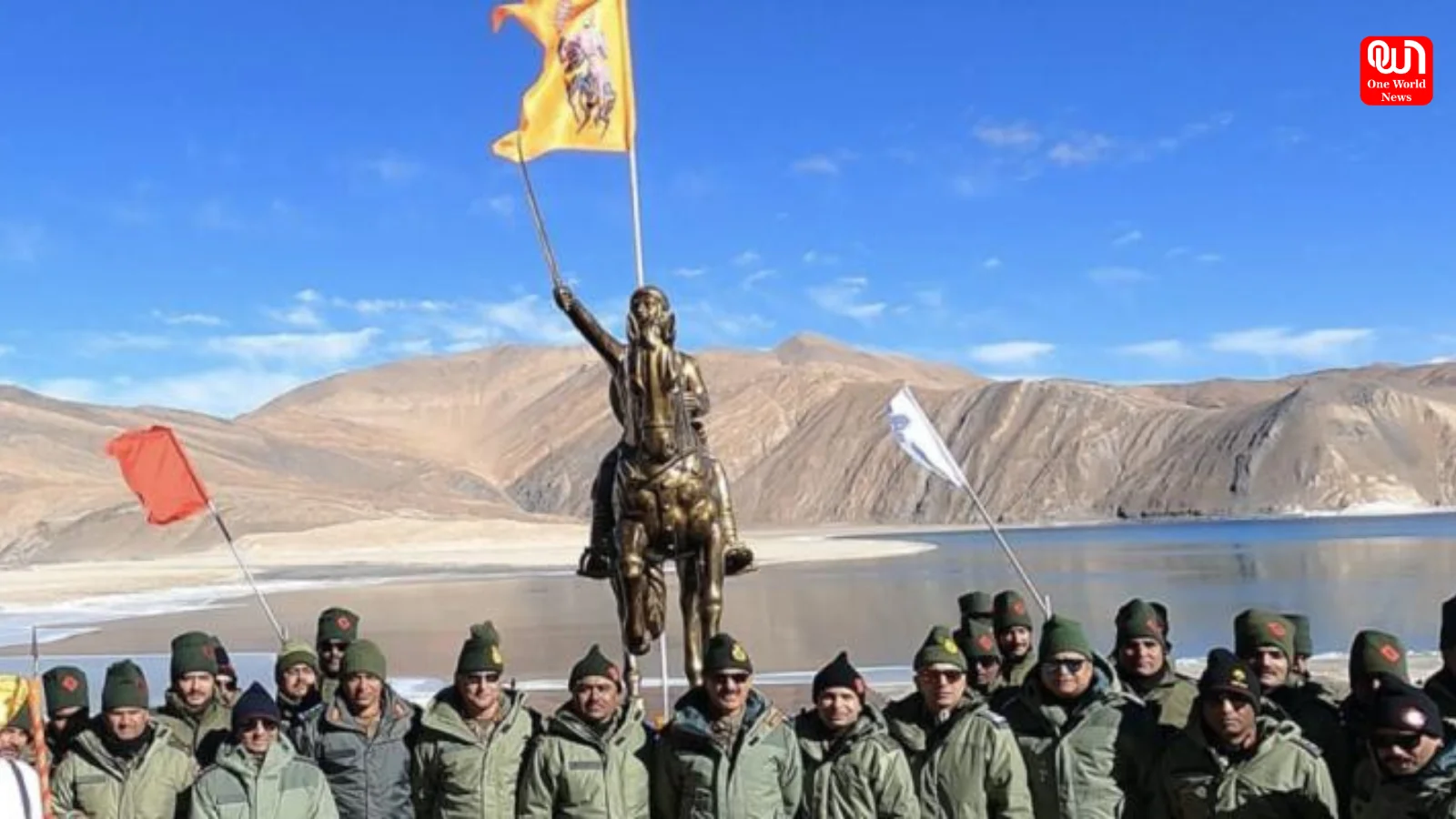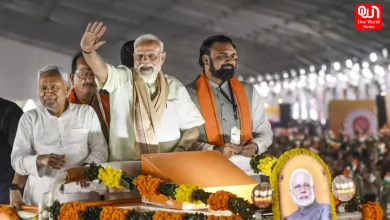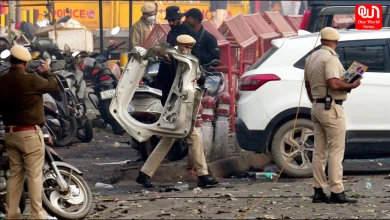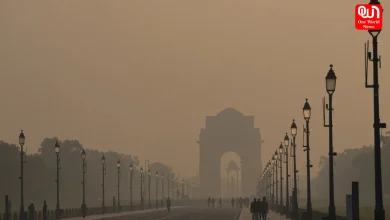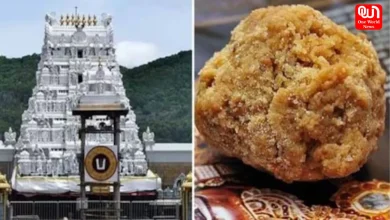Controversy Erupts Over Shivaji Statue at Pangong Lake: Balancing Tradition and Local Sentiments
Debate over Shivaji statue at Pangong Tso highlights cultural, historical, and environmental concerns, sparking divided opinions among locals and veterans.
Controversy Over Shivaji Statue at Pangong Tso: Balancing Cultural Relevance, Local Sentiments, and Environmental Concerns in Ladakh
A recent installation of a statue of Maratha warrior king Chhatrapati Shivaji Maharaj on the banks of Pangong Tso in Ladakh has triggered a heated debate among local residents, army veterans, and social media users. Some people think it is a symbol of valor, inspiration, and so on, but others question its relevance to the region and its historical or cultural connection.

Konchok Stanzin, Chushul councillor, expressed worry over the erecting of this statue without due consultation with locals. He made it clear that projects should find significance in the locale and respect this region’s ecosystem and wildlife as well. “Let’s move forward with activities truly reflecting and respecting our community,” he urged from X.
Read more: Mumbai Air Pollution Crisis: BMC Halts Construction in ‘Poor’ AQI Areas to Combat Rising Smog
Veterans have also expressed their views. Colonel Sanjay Pande (Retd) spoke about the heritage of Dogra general Zorawar Singh, who fought for the region and whose contributions are celebrated at Leh’s Zorawar Fort. He questioned the choice of Shivaji for the statue and said that a figure like Zorawar Singh would have been more appropriate to represent the region’s history.
Political activist Sajjad Kargili spoke in a similar vein: though the country observes Shivaji day, there’s little historic-cultural significance for him in Ladakh. Instead, he suggests such statues of regional heroes be given to local personalities like Khree Sultan Cho, Ali Sher Khan Anchen, or Seenge Namgyal. Yet even these should not be located within sensitive Pangong, an environmental site which has to be so carefully preserved.
The statue was installed by a Maratha unit stationed in the region, senior defense officials clarified that it was not part of any centralized directive. The initiative, they explained, was driven by the unit’s traditions and beliefs, with the statue symbolizing motivation and morale for the troops. “Units often establish symbols reflective of their heritage.”. According to Brigadier (Retd) Hardeep Singh Soh on X: This is a tradition in infantry units where figures associated with the unit’s legacy play a motivational role.
Read more: A New Year’s Promise: Modi Government Launches Survey for 2 Crore New Houses
It’s not the first time a Shivaji statue has been erected in a sensitive location. In November 2023, a 10.5-foot Shivaji statue was erected close to the Line of Control in Kupwara district and faced similar outrage.
The newly inaugurated statue at Pangong Tso, located at an altitude of 14,300 feet, was unveiled by Lt Gen Hitesh Bhalla, GOC of the Fire and Fury Corps, along with Colonel of the Maratha Light Infantry. The army described it as a “towering symbol of valor, vision, and justice” celebrating Shivaji’s enduring legacy.
The incident underlines how delicate it can be to honour national icons at the expense of local history, culture, and environmental sensitivities. In all this controversy, there lies the need for decisions that incorporate multiple traditions and sentiments in a place as culturally heterogeneous as Ladakh.
We’re now on WhatsApp. Click to join.
Like this post?
Register at One World News to never miss out on videos, celeb interviews, and best reads.

